Table of Contents
High School Mandarin
Chinese New Year is also called the Spring festival. It is on January 1st according to the Chinese lunar calendar. Chinese New Year is the most important festival for Chinese people. On New Year’s Eve, each family will gather together eating, talking and watching TV for almost the whole night. On Lunar New Year’s Day, the children are the happiest of all because they get presents or Hong Bao from their parents or grandparents. The New Year celebrating activities will last about half a month.
Chinese classes in SIS also celebrate the Chinese New Year every year. In this year’s Mandarin class, we did a lot of traditional Chinese handcrafts together, such as paper-cutting, plum blossom trees, firecrackers and so on. Each class sat together as a family and made different crafts to decorate our class which is exactly what Chinese New Year means for reunion and happiness. Students also experience the interest of Chinese culture from these traditional handicraft activities.
At the end, we wish you all the best in the New Year. “Xin Nian Kuai Le, Gong Xi Fa Cai”!
High School Mathematics
Geometry
After the discussions on similarities in Triangles, the 9th graders have had extensive discussions on Right Triangles and Trigonometry. Students reviewed their Pythagorean Theorem and its Converse, and applied them on similar right and special right triangles.
The knowledge and application on right triangles have been extended to using the trigonometric ratios. The class has also been exposed to using the sine and cosine laws to solve problems using oblique triangles. Students were given bearings and navigation problems as well as elevation problems as an application to these topics.
Algebra 2



Business Mathematics
Students have just finished their problem based project on Vehicle Transportation and Housing Costs. Students use the information they were given and went through the process of identifying the price range of a car, found cars that fit their future needs and compared those options to identify real cars that you would purchase after university..
The 12th Grade Business Mathematics has been exploring what entails to be a first time home buyer, factors involving prices of homes and properties and mortgages. It was also an opportunity for them to look into their future careers and salaries in relation to their expenses of owning a property.
Currently students have been identifying different types of insurance and investments they might need in the future. They delve into the advantages and disadvantages of investing using Certificates of Deposits and Savings Accounts, Stocks, Mutual Funds and Bonds. Students also looked at Real Estates/Rental Properties as another form of investments as well.
Calculus AB
AP Calculus (AB/BC) is intended for students who have a thorough knowledge of college preparatory mathematics – including algebra, geometry, functions, and trigonometry. Concepts in the course are analyzed and discussed using a combination of algebraic, graphic, numeric, and verbal methods. Topics that will be covered in the course include limits and continuity, differential calculus and applications of derivatives, integral calculus and applications of integration.
The students have been working hard and are now learning about Integrations and Accumulation of Change. This is the 6th unit of this course and after this, the students will tackle the units on Differential Equations and Applications of Integrations. There are still many things to learn and master. The students are feeling the pressure but they are able to respond well by exerting more effort.
Middle School French
The time is going very fast, right? Unwittingly, we have all entered the second month of the year 2020. At the beginning of the January class, I invited all my French students to review what they have learned in the first semester. In this case, I really expected questions or opinions from my students in order to strengthen their French language knowledge.
After conducting the general lesson review of the first semester, we began to continue with new lessons for this second semester. There will be certainly more vocabulary and new grammar to learn.
Grade 6 students, they have begun to learn question sentences, as well as using question words. They can make simple conversations based on their daily life.
Grade 7 students, they have begun to learn more vocabulary such as congratulatory expressions, idiomatic expressions, food & drink names, etc.
Grade 8 students, they have begun to learn new tenses such as the Present, the Future and the Past. Of course, they are also learning new vocabulary, grammar and other expressions.
Middle School Art
Grade 6 students started their semester in Art class with the Elements and Principles of Art ( line, colors, shapes, texture, value, pattern, rhythm, movement, balance, unity, contrast, variety, form, space), and were given the opportunity to explore and express their ideas through painting and cut-out artworks. The class also got inspiration in art from famous artists, such as Henri Matisse and Betsy Mac Daniel. They enjoyed their first project in the subject and the completed artwork was most creative.
Students have now begun to learn about Pop Art; what it is and its purpose. One of the objectives of this unit is to help the class understand that Pop Art is more than commercial / advertisement art. In their main project, students will use this unique medium by working with bright and vibrant color magazine clippings, comics from newspapers and candy wrappers in order to create a new artwork piece. Pop Art has the ability to make the ordinary something extraordinary.
In the final unit, students will be introduced to ceramics with hand techniques: slab, pinch and coil techniques. They will learn to use the tools and slip. There will also be the opportunity for the students to work with glaze to color their project. Students will make a pot, a mug, or a box for this project.




















